Lesson Plans
We want the process of incorporating BIPOC voices and building an anti-racist classroom to be as accessible to educators as possible. That’s why our lesson plans are aligned with national education standards, designed to be flexibly integrated into your existing class curriculum, and include a variety of activities (including interactive slides that can be shared with your students). Whether you use these as stand-alone lessons or adopt a whole lesson plan series, we hope these resources will help you build an empowering community alongside your students. Check back often, we are always releasing new lesson plans!
Grade Level Standards Met


Jakarta is Sinking: The Colonial Roots of Our Climate Crisis
Why is Jakarta sinking? How does a history of colonialism impact Indigenous Jakartans? In this lesson plan, students will explore the colonial roots of our climate crisis through the lens of Indonesia's sinking capital city of Jakarta. They will also learn about the various factors impacting groundwater depletion as well as the state of global water access.
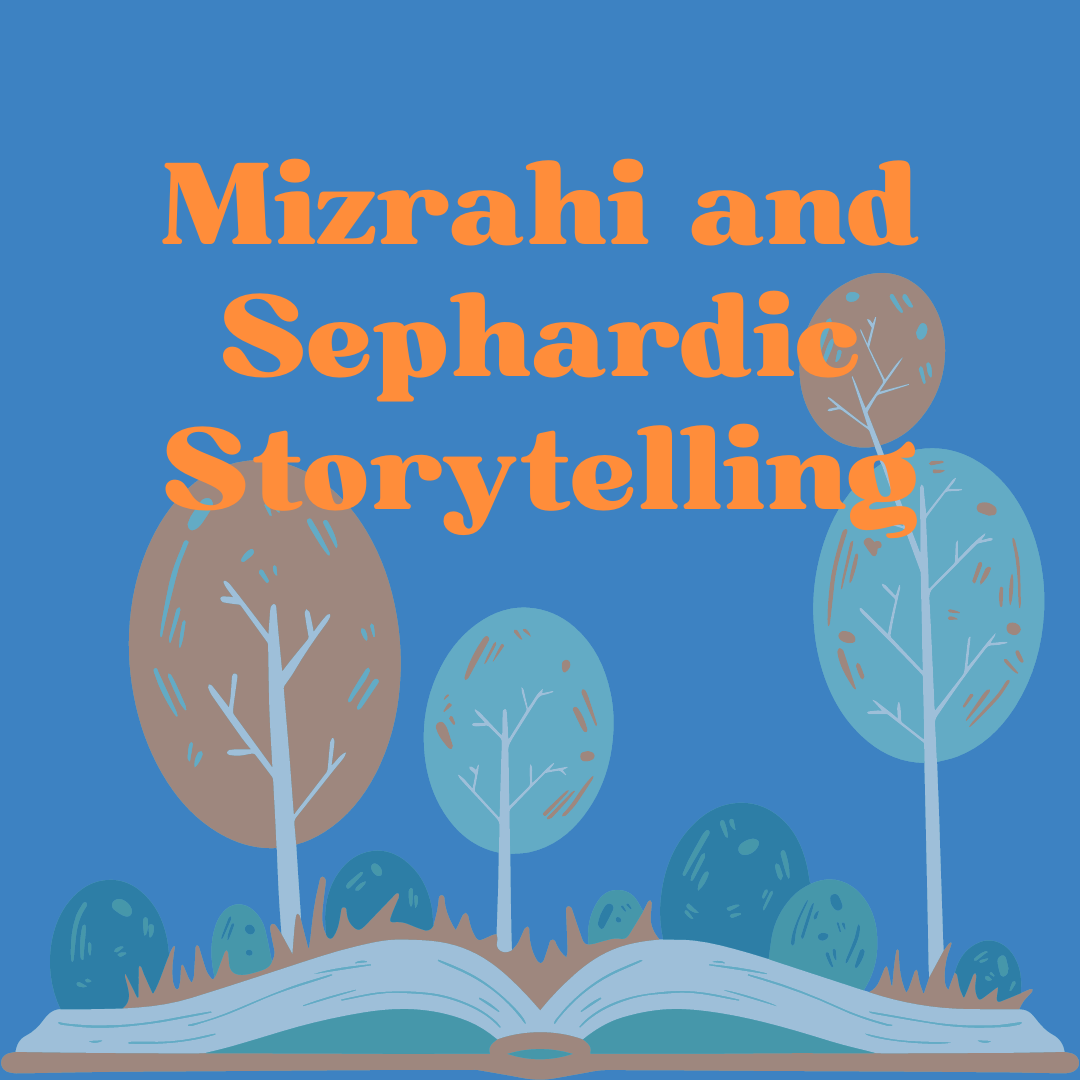
Mizrahi and Sephardic Storytelling
Mizrahi and Sephardic Jews are Jewish Diasporic groups that are often underrepresented in education and media. Mizrahi and Sephardic culture is rich, vibrant, and dynamic. In this lesson plan, students will learn about Mizrahi and Sephardic culture, analyze how cultural elements appear in folktales, and then create their own storybook incorporating folktales and elements of their own culture.

Misogynistic and Antisemitic Coding in TV and Film
Harmful (and positive) societal beliefs do not appear out of thin air. Television, film, and other forms of art can reflect and further perpetuate ingrained societal beliefs. In this lesson, students will explore the ways in which antisemitism and misogyny are ingrained in television and film by exploring four different archetypes of Jewish women. Students will discover how coding can be used to subtly call upon stereotypes by analyzing example scenes. Students will discuss how art can be used to uphold, subvert, or even reclaim stereotypes.

The History of Jewish American Women’s Activism
Jewish women have been disproportionately active in American social and political movements. But often, the Jewish identity of these activists has been omitted from history books, or their involvement has been omitted altogether. In this lesson, students will explore the ways in which Jewish women have been involved in these movements and how their identities shaped their activism. Students will practice public speaking and presentation skills and discuss how identity shapes activism and the importance of acknowledging the identities of historical figures.
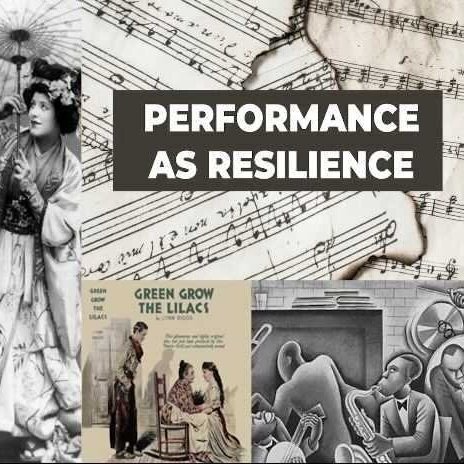
Performance as Resilience: BIPOC Artists Throughout the 1900s-1920s
Throughout this lesson plan, students will learn the histories of BIPOC artists through the 1920s and their contributions to Vaudeville, the Harlem Renaissance, and Silent Film. Using primary and secondary sources from multiple media types, students will engage in rigorous discussion and creative projects to reinforce learning. Appropriate for history and or arts classes.

Analyzing “The End of White Innocence” by Cathy Park Hong
This 11-12th English lesson plan challenges students to consider themes related to shame, racial identity, and privilege while reading Cathy Park Hong’s “The End of White Innocence.” Videos and a socratic seminar format will educate students about the Immigration and Nationality Act of 1965 and how it relates to Hong’s argument. A creative writing assignment will help students craft their own pieces related to identity using Hong as an inspiration.
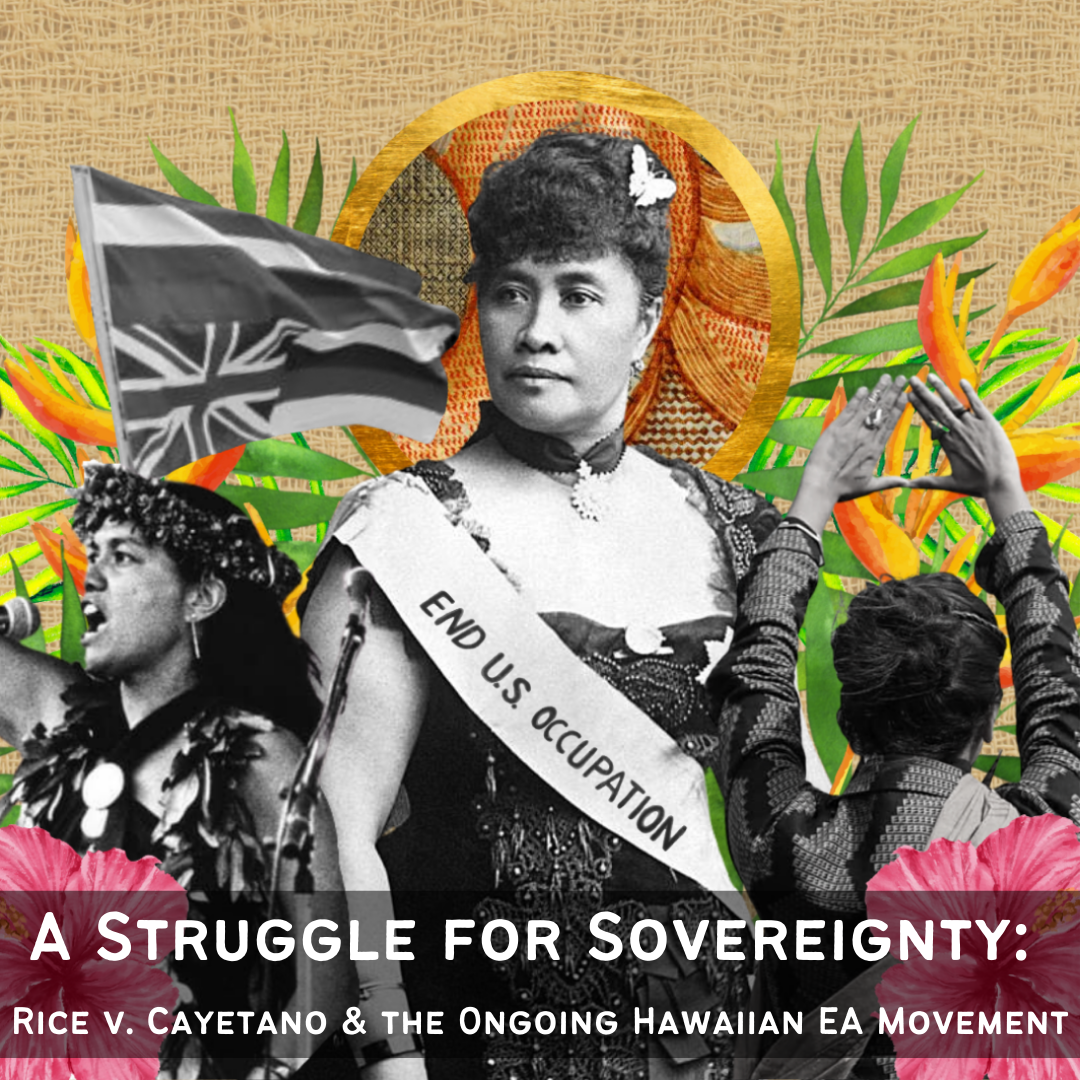
A Struggle for Sovereignty: Rice v. Cayetano & the Ongoing Hawaiian Ea Movement
In this lesson, students will explore the history of the Kingdom of Hawai'i, unearthing the long and ongoing struggle for ea (sovereignty) through the lens of Hawai'ian activists. Students will also engage in a thorough analysis of federal attempts to suppress Hawai'ian sovereignty through the Rice v. Cayetano Supreme Court Case.

A Tale of Two Cities: Bronzeville, Little Tokyo & Post WWII Racial Geographies
In this lesson, students will engage with a key text to explore the impact of structural racism through the lens of state-sanctioned displacement, WWII Japanese Incarceration, and pervasive anti-Blackness within the Bronzeville/Little Tokyo neighborhood of Los Angeles.

Interior Chinatown
This lesson plan series centers Charles Yu's novel Interior Chinatown, and is appropriate for high school English classes like American Literature or AP Literature. The story is written in the format of a script and follows a man who is forced to play the part of "Generic Asian Man" on a cop show. The book addresses anti-Asian stereotypes in American culture and media, race, the institution of police in America, gender, and class. The unusual narrative style of the book invites discussion about how narrative can further the plot and message of a book.
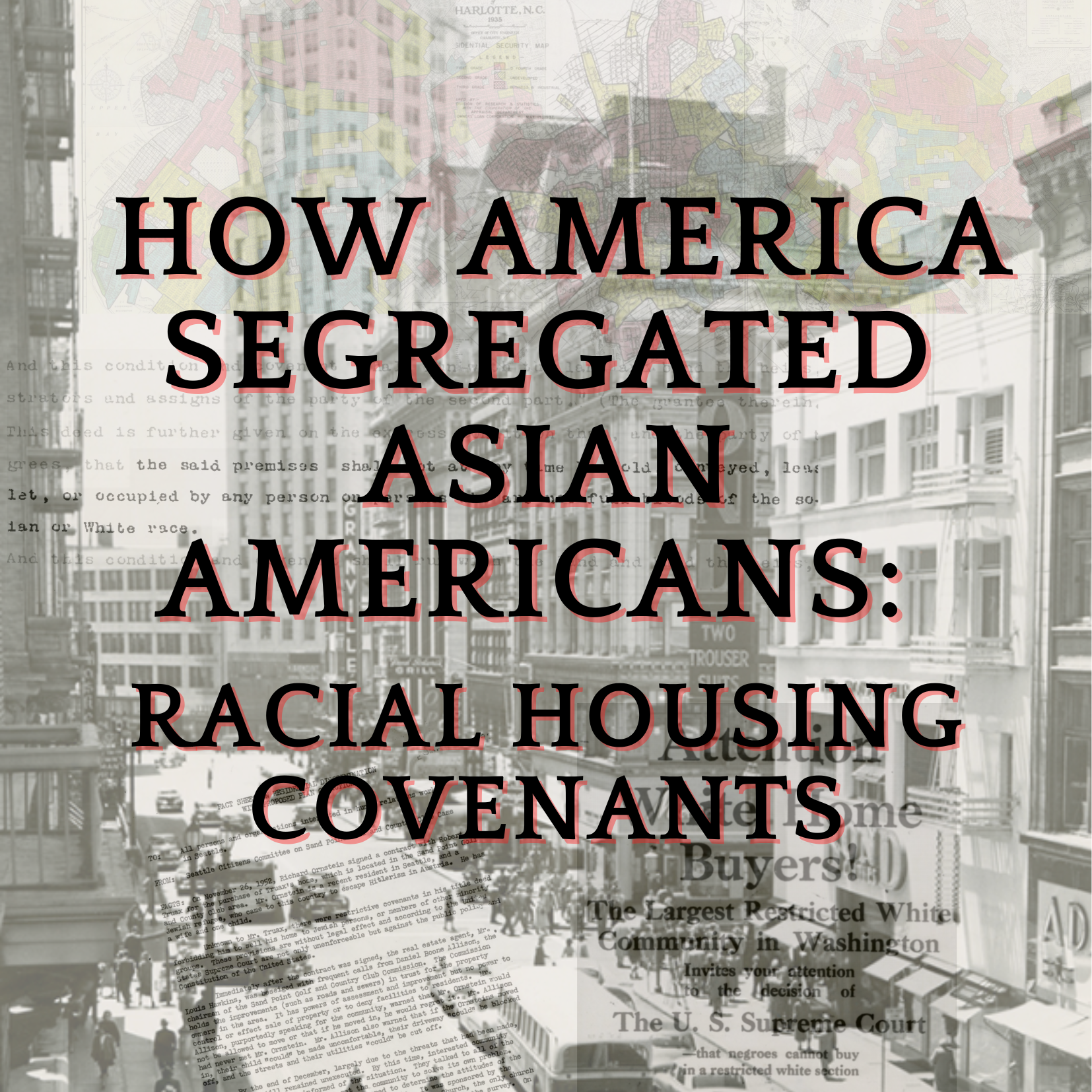
How America Segregated Asian Americans: Racial Housing Covenants
In this lesson, students will learn about racial housing covenants, a tool used by the FHA and landlords all over the country to residentially segregate Asian Americans and other marginalized groups for the better part of the 20th century. By examining primary and secondary resources, including Supreme Court cases and racial covenants themselves, students will explore the role of de jure policies in perpetuating socio-economic disparities among Asian Americans.
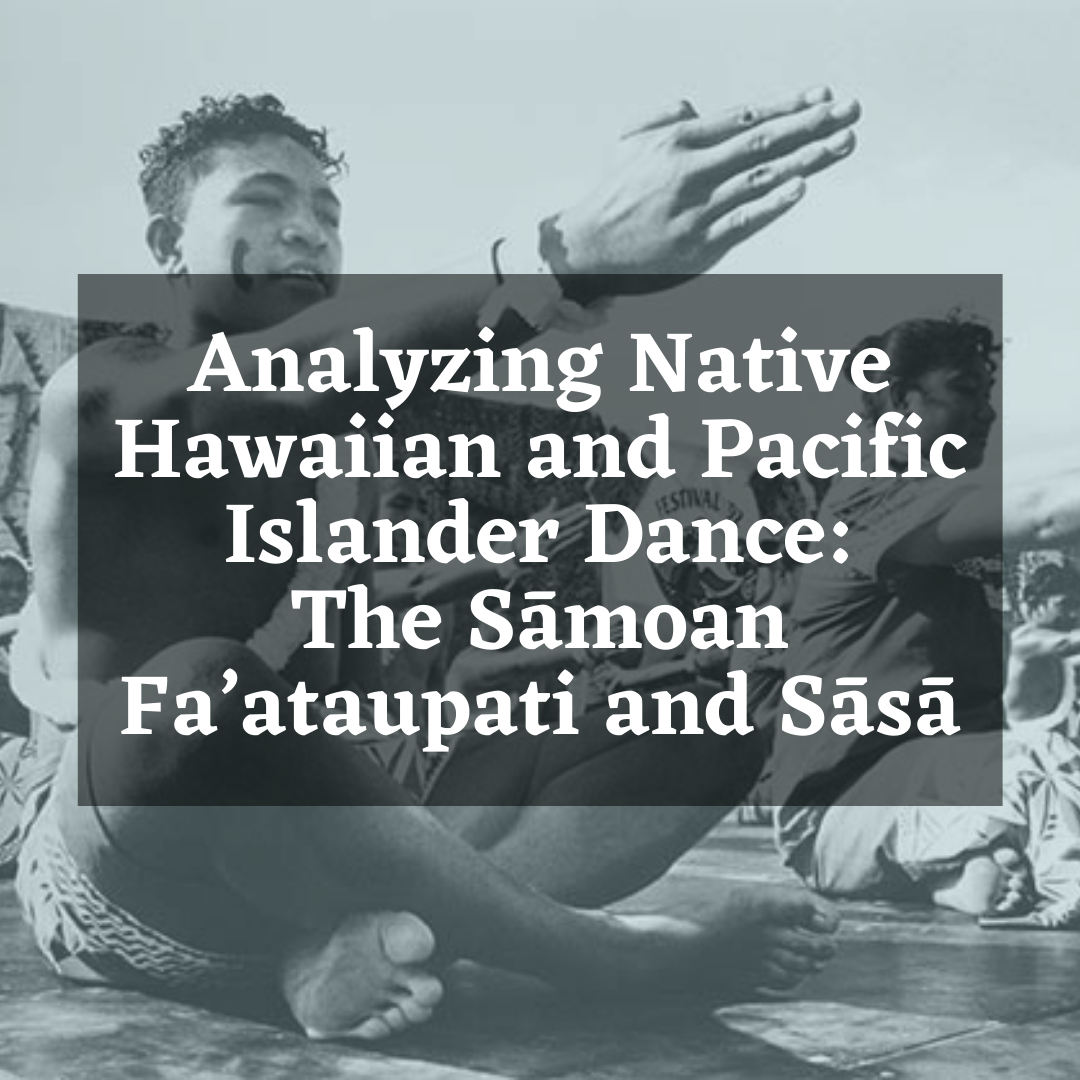
Analyzing Native Hawaiian and Pacific Islander Dance: The Sāmoan Fa’ataupati and Sāsā
The fa’ataupati (fa-ah-tau-pah-tee) and the sāsā are two forms of dance from the Polynesian islands of Sāmoa. While these dances have transformed into energetic and passionate performances showcased around the world, their significance in reflecting the Sāmoan culture and community still sits at their foundations. In this lesson plan, students will analyze various print and digital resources about the fa’ataupati and the sāsā to learn about the elements of the dances and to complete a note-taking graphic organizer.

Studying Pacific-Centered World Maps and Pacific Islander Navigation
World maps are posted on the walls in classrooms everywhere, but the orientation of maps are usually seen in a format where the Pacific Ocean and the Pacific islands are split to the ends of the map. Tupaia (too-pah-ee-ah), a high priest and navigator from the French Polynesian island of Ra'iātea (rye-eh-ah-teh-ah) defied this norm when he created a famous map centralized on the South Pacific as he sailed with Captain James Cook on the Endeavour. In this lesson, students will discuss their thinking about world maps that are centered on the Pacific Ocean, learn about Tupaia and his map, and create their own map of a place that is important to them.

Marshallese Folklore
At the end of this lesson, students will learn about the role of stories in Marshallese culture. They will be able to distinguish between different types of stories and the common structures of some stories. Students will also practice reading comprehension and analysis skills by reading two different Marshallese stories passed down by elders. Students will also have the opportunity to view an elder telling one of the stories provided, identifying visual and verbal cues to determine the tone and meaning of the story. Finally, students will be assessed on their comprehension and analysis skills with a fun drawing activity or an alternative quiz assessment.

The Most Beautiful Thing
This lesson plan is based on the book, The Most Beautiful Thing, which portrays the culture and history of the Hmong people. Weaving together a young girl named Kalia’s story with that of her beloved grandmother, the book moves from the jungles of Laos to the family’s early years in the United States. Included are several tools that you can use to introduce your students to the book, including instructions for when to use them. Each activity is designed to be flexible in terms of timeline and length.

Perception of the Sacred: Mauna Kea and the Thirty Meter Telescope
In this lesson plan, students will learn about the controversy surrounding the construction of the Thirty Meter Telescope (TMT) on the summit of Mauna Kea in Hawaiʻi. The TMT is a large ground-based infrared observatory that is proposed to stand 18-stories high and occupy 8-acres of undeveloped land on the northwest slope of Mauna Kea, a sacred space to many Native Hawaiians. Through a series of reflections, discussions, lectures, and assignments, students explore the connection between colonialism and perception of the sacred using this controversy as a template.

Bengal Famine of 1943
In this lesson, students will learn more about the Bengal Famine of 1943, as well as the context leading up to this event and its subsequent ramifications. It is best fit for students in grades 6-8 and includes a variety of activities, discussion prompts, and assignments that can help guide the students in the process of analyzing this historical event. Students will be expected to review primary sources and engage in dialogue that strengthens investigative skills and centers imperial policies, practices, and effects, such as this famine, in the greater context of our modern world.

Angel Island: The Asian Immigrant's Experience in the U.S.
In this lesson, students will learn about Angel Island to supplement their understanding of immigration policies and the history of immigration in America. Students will engage with images and texts describing the development and impact of the Angel Island Immigration Station, and compare Angel Island to Ellis Island as a way to apply various historical thinking skills.
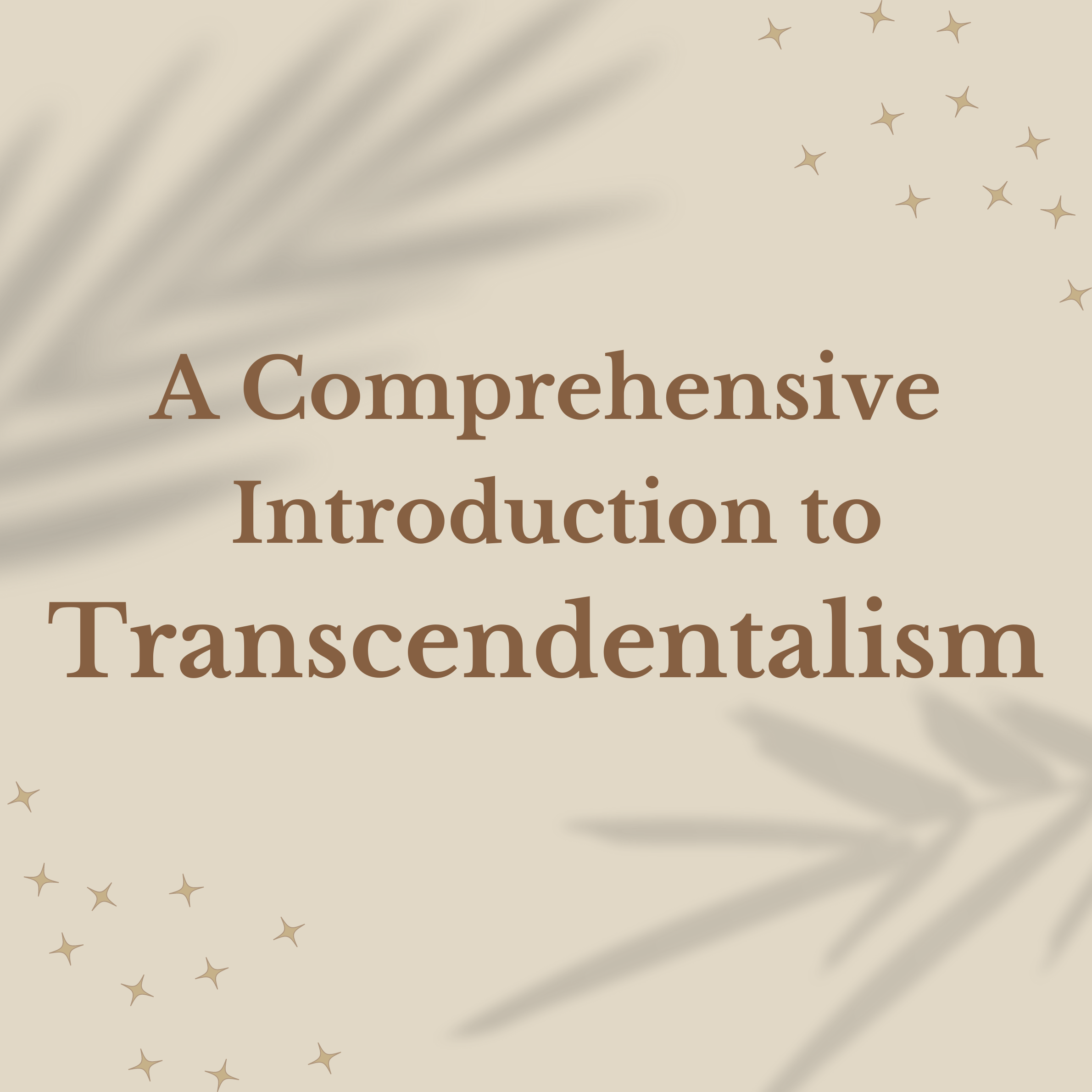
A Comprehensive Introduction to Transcendentalism
In this lesson plan, students will learn about the literary Transcendentalism movement in America, from the key concepts and characteristics of Transcendentalism to the most important figures of the movement. Students will practice literary analysis through SOAPSTones, reflective journaling, class discussion, and rhetorical analysis. Additionally, students will learn about the Asian cultural and religious ideologies that influenced Transcendentalism (e.g. Hinduism and Confucianism) to develop a comprehensive understanding of Transcendentalism’s origins and impact.
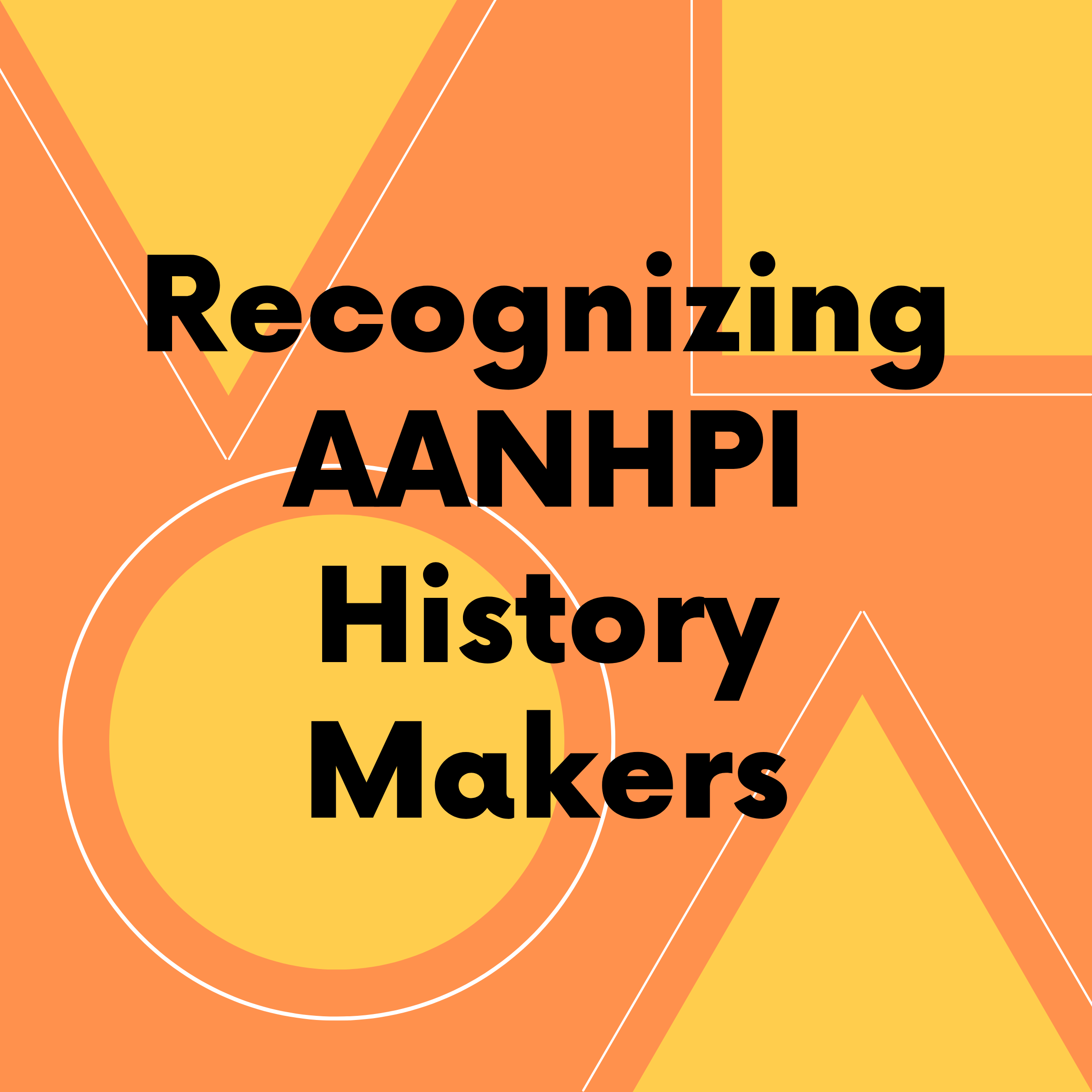
Recognizing AANHPI History Makers
In this lesson, students will participate in a “Wax Museum” type activity to learn about significant AANHPI figures and their contributions to American society. Students will develop research skills, engage in discussions, and answer questions about a figure that they have researched. This allows students to learn about various prominent figures who belong to different communities through an interactive role-playing and research activity.
Ideas for future lesson plans or topics? Want to share your knowledge and collaborate with Diversify Our Narrative?

